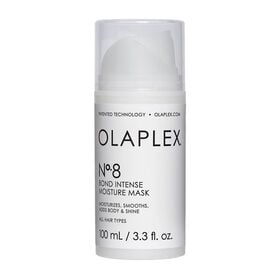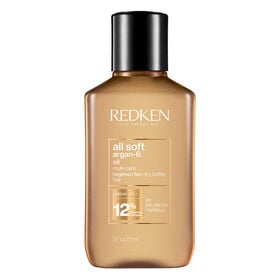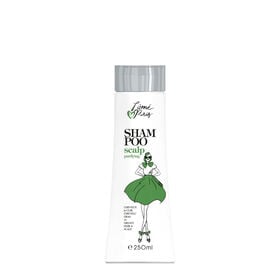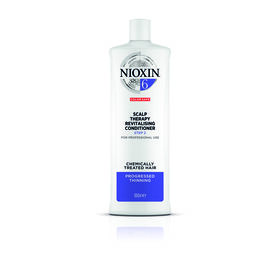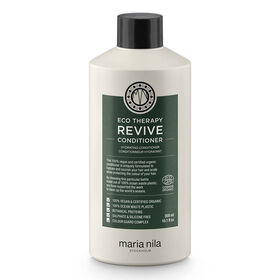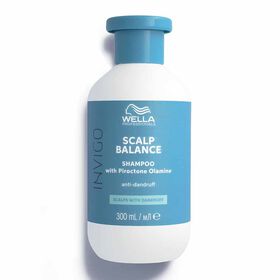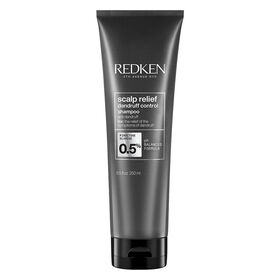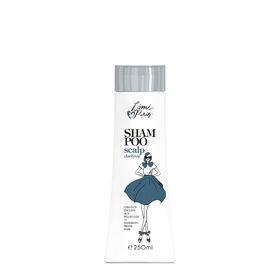How to add hydration to your hair
Just like getting a glass of water to quench your thirst, your haircare routine also needs a touch of H2O to solve its dehydration woes. The consequences if not treated can range from constant itchiness to hair loss. Read more below on the causes of your dryness, how you can add a dose of moisture to your hair type and the products we recommend to keep your hair clean, soft and healthy.
How do I look after my dry hair?
What Causes Dry Hair?
There are a variety of factors you may not be aware of that are causing your hair to be dry and brittle. However, the most common one is over-processed treatments. These can include colouring, i.e. bleaching, chemical treatments and setting your heat stylers on high temperatures. Residual hair care products which haven’t been washed out and hot climates can also contribute.
At times, dry hair is a symptom of underlying medical conditions such as vitamin deficiencies and thyroid problems, so if you think you may be experiencing any of these then make sure to consult your doctor as soon as possible.
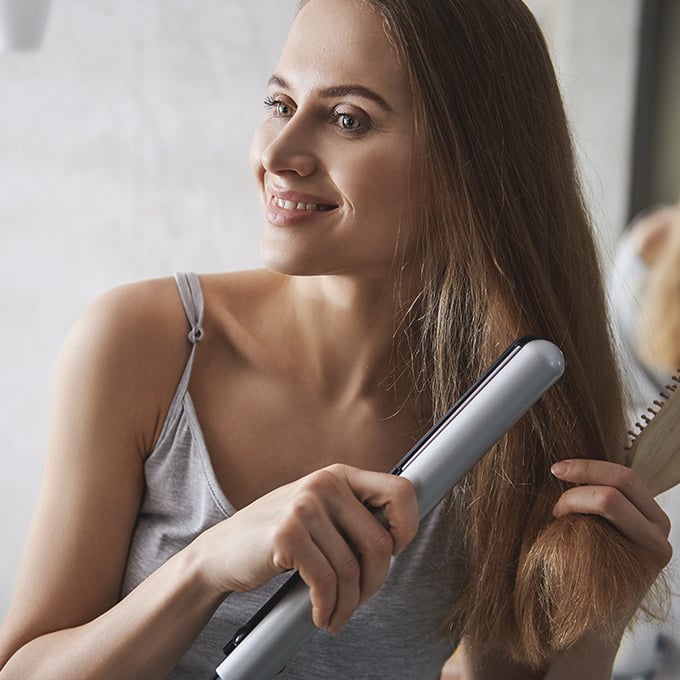
Looking after your hair type
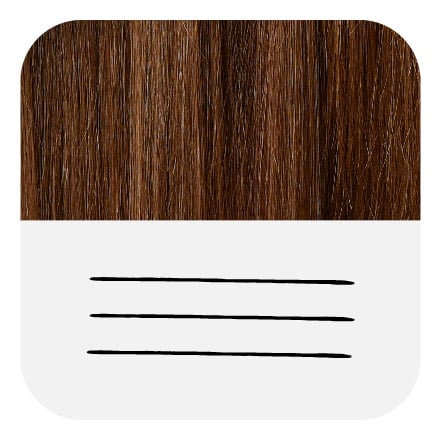
Fine Hair
Fine hair tends to look limp and dull when dry. To avoid weighing it down with moisture and oil-heavy products, we recommend lightweight shampoos and conditioners infused with proteins and keratin. As for when to shampoo your hair, we recommend every other day because a daily routine could strip the natural oils that keep your hair healthy.
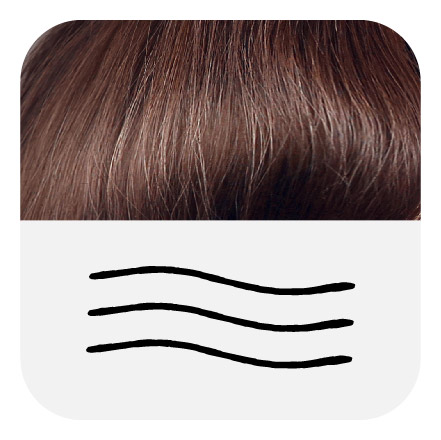
Medium Hair
If your hair texture is medium, daily shampooing will help you tackle dry hair and maintain its elasticity and shine. To give your haircare routine that extra boost of moisture we recommend adding in a pre-shampoo treatment such as a spray or mask, but applying it once a week to avoid it becoming too oily. If your hair is very brittle then consider putting in your chosen treatment twice a week.
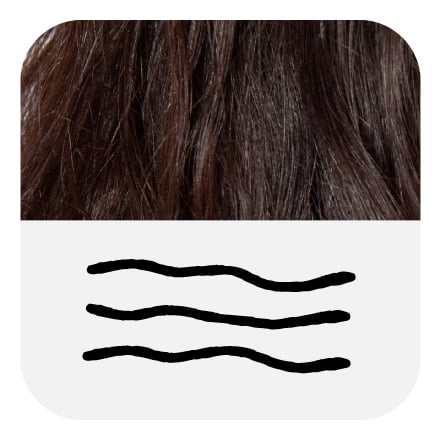
Coarse Hair
The general rule of thumb is the coarser your hair the more moisture it needs. Coarse hair is the most vulnerable hair type for dryness as the oils don’t distribute through the hair like thin or medium types. This means it’s important to stick to a care routine that is packed with moisture, so all of your hair is treated from roots to ends. As you should only wash your hair once or twice a week, add in a hair mask or hot oil treatment depending on your dryness.
Our top recommendations for treating dry hair
Here are our top products for treating dry hair. Find out more on causes of dry hair and how to look after your hair type
The Olaplex No.8 Bond Intense Moisture Mask is ideal if you need a boost of moisture. This highly concentrated sulphate-free mask if infused with Olaplex’s patented bond building technology, so it repairs your hair from within without weighing it down. Perfect on all hair types and textures, this mask has been scientifically proven to add up to four times more moisture, six times more smoothness and an incredible 94% more body.
With its luxurious formula, the Redken All Soft Argan Oil will nourish all hair types and instantly leave them soft, shining and hydrated. Versatile yet supple, it features the brand’s innovative Keratin Enrich Complex. What does it do? It restores your hair’s proteins while increasing its manageability, moisture and elasticity. Whether you use it as a pre-shampoo or overnight treatment, the Redken All Soft Argan Oil promises the perfect blend of science and luxury to keep your hair healthy.
If your hair is looking parched and tired, the Paul Mitchell Awapuhi Shampoo is a must-have to add in to your haircare routine. Designed to balance moisture, as well as adding body, the Hawaiian awapuhi formula helps to prevent moisture loss, whilst improving your hair texture. Paul Mitchell Awapuhi Shampoo thoroughly cleanses any hair type, including colour-treated hair and won’t just hydrate your hair, it will revive it.
How do I look after my dry scalp?
What causes a dry scalp?
Characterised by itchy white flakes, there are many causes for a dry scalp. Ranging from chilly weather to a build-up of residual hair products, as well as hormonal imbalances, it can be a real headache figuring out which one applies to you. However, the most common cause for those troublesome flakes is over-washing. Why? It strips your scalp of the natural oils that are necessary to keep the hair and skin hydrated. Other causes for a dry scalp can be diet, a lack of fatty acids and omega-3, along with skin conditions such as eczema.

Looking after your hair type

Fine Hair
Fine hair is more vulnerable to oiliness, but that doesn’t mean it’s exempt from a dry scalp. As moisture heavy products weigh your hair down, the best way you can prevent dryness around your scalp is by adding a clarifying treatment to your haircare routine once or twice a week. This will keep your scalp from accumulating build-up while treating your hair from within.

Medium Hair
Dry medium hair needs a daily shampoo and gentle conditioner to keep your scalp clear from dead skin cells. To make sure your scalp is deeply cleansed, think about double washing in the shower to avoid any residual products getting stuck in your hair as you dry it.

Coarse Hair
Coarse hair types such as Asian and Afro-Caribbean are vulnerable to dryness around the scalp as the oils that keep the hair healthy don’t distribute to the mid-shafts and ends. This means you’ll need care products that are heavy in moisture, i.e. shea butter and coconut oil, to consistently revitalise the natural oils and sebum in your scalp. While you’ll only have to shampoo your hair once a week, you should add in a leave-in spray to keep your scalp hydrated.
Our top recommendations for treating a dry scalp
Here are our top products for treating a dry scalp. Find out more on how to treat a dry scalp and how to look after your hair type
The Lômé Paris Scalp Purifying Shampoo is ideal to remove any residual product build-up that causes your scalp to flare up into that irritating itchiness. Filled with keratin and zinc, this shampoo does far more than simply moisturise your scalp. It deeply cleanses to remove all signs of grease and excess product for a light and soft finish no matter your hair type.
Wella Professionals DENSITY protector:helps to provide hairresilience and controlmoisture balance.
Maria Nila Eco Therapy Revive is a 3 step routine containing a shampoo, conditioner and masque that will give new life to your hair thanks to its effective cleansing and restoring components. The shampoo’s unique, micellar technology gets rid of residual products, excessive oils and pollution particles. Followed by botanical proteins and aloe vera in the masque and conditioner, these three products together will leave your hair and scalp feeling refreshed and revived.
How do I solve my dandruff?
What causes dandruff?
Similar in appearance, dandruff flakes are large and oily in a yellow/white colour whereas a dry scalp has small and white flakes. Unlike a dry scalp, dandruff is commonly caused by a yeast-like fungus and leads to dead skin cells shedding quicker on your skin. However, other causes include sensitivity to hair care products, lack of shampooing and overall oily skin.
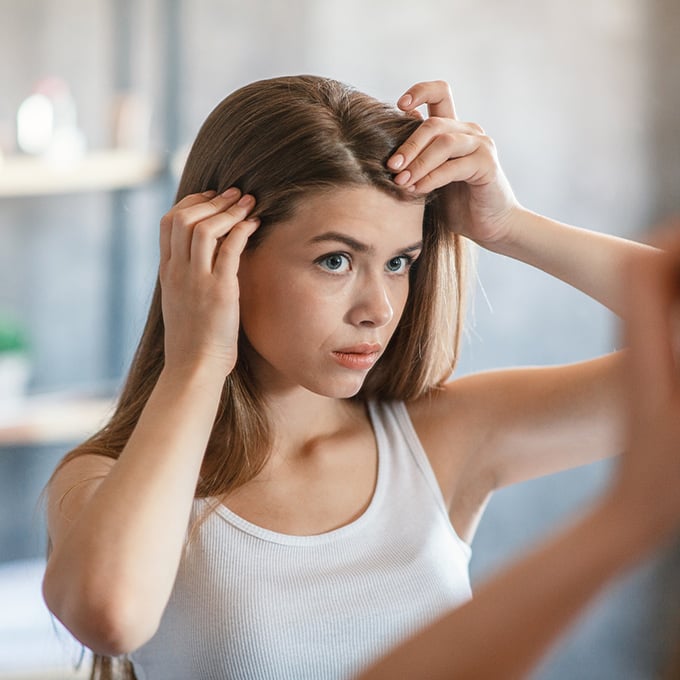
Our top recommendations for treating dandruff
Here are our top products for treating a dandruff. Find out more on how to solve dandruff.
Invigo Balance range with Balance-Blend™by Wella Professionals is formulated with caring and refreshing ingredients designed to soothe and calm irritation on the scalp. Invigo Balance Clean Scalp Anti-Dandruff Shampoo is a professional soothing shampoo that combats dandruff and removes visible flakes from the scalp, leaving hair feeling clean.
The Redken Scalp Relief Dandruff Control Shampoo is dermatologically tested to ensure it moisturises, clarifies and soothes your scalp while eliminating all signs of dandruff. How is this possible? It’s the blend of pyrithione zinc and the Hydro-Zone System, which contains lavender extract and glycerin. Using the shampoo’s unique wet/dry method, you can cleanse your hair from roots to tips efficiently without sacrificing your hair’s natural lustre or shine. For the best results, wash your hair at least twice a week.
The Lômé Paris Scalp Clarifying Shampoo is specially designed for those who get the occasional case of annoying dandruff. Enriched with a boosting blend of keratin, piroctone and lemon oil, it cleanses your hair as it gently clarifies and moisturises your scalp. The results? Soft, clean and healthy hair free from itchiness and flakes.
